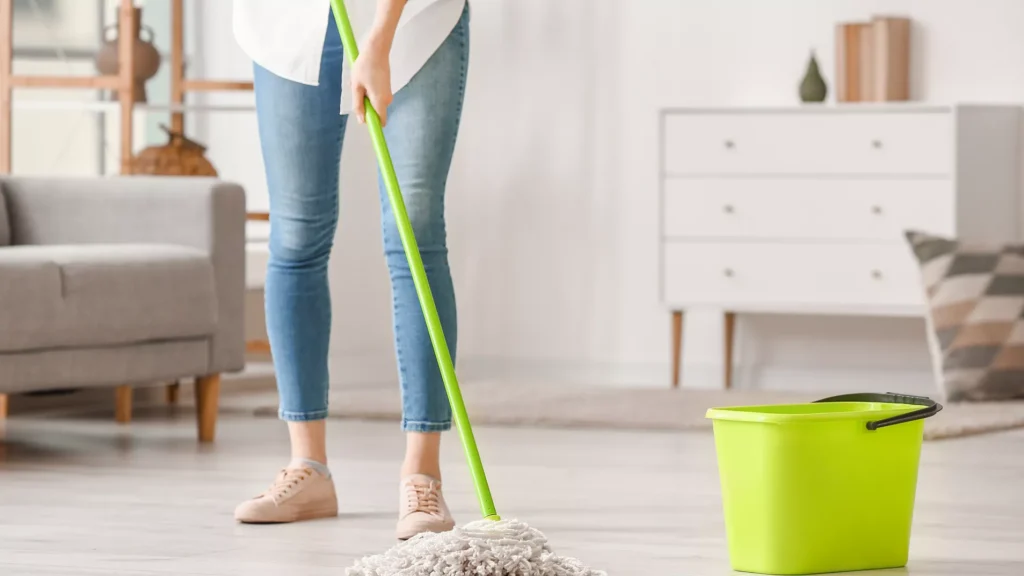Shopper behaviour during the pandemic boosted the household cleaning category and had a lasting impact, with sales of surface cleaners currently tracking 13% higher than in 2019. Research shows that 7 out of 10 cleaning occasions are ‘quick clean’ events3, with people looking to get the job done as quickly and efficiently as possible.
Looking at the broader Laundry and Household category, it’s actually growing in independent convenience stores, up +2.8% YoY2. This growth is driven mostly by laundry detergents and dishwashing, but it shows the importance of a category worth £104m in the independents channel.

We all know that shoppers are more price-conscious now than they have been in recent years. Some shoppers are switching from brands to own-label in many grocery categories, but that shift is less pronounced in household and laundry. Shoppers see brands as the experts, and during the pandemic, people wanted cleaning and hygiene products that they could rely on to stop the spread of infection. Brand loyalty continued after the restrictions ended and life returned to normal.
It may sound counterintuitive, but many shoppers are drawn to brands more strongly when finances are tight. That’s because they want to buy products that they can trust to do the job properly, first time, every time, rather than taking a risk on a product that might not work so well.
Eco concerns are at the front of the mind of many shoppers, and 55% of consumers say there should be more sustainable cleaning products available, although, in today’s financial climate, it’s balanced against the need to also save money. Whilst 35% say that sustainable cleaning products are acceptable to be more expensive4, the real-life decision made at the shelf will likely take price more heavily into consideration.
That said, there are products that help consumers do both, such as laundry capsules and gels that allow shoppers to wash clothes on shorter, colder wash cycles, saving both energy and money. By contrast, laundry powder generally works best at a minimum of 40°C. The leading laundry detergent manufacturers, P&G and Unilever, are continually evolving their products to work at lower temperatures and on shorter wash cycles. They are both working to educate consumers on the benefits of washing at low temperatures to save energy. Turning the wash temperature down from 60°C to 30°C can save up to 60% energy in every wash3.

That’s all very nice… but back to the original question: as a convenience retailer, should you care? The answer is a resounding ‘yes’, and there’s a good reason. The most common shopping mission in Convenience stores is ‘planned top-up’, making up almost one in five convenience store visits. These shoppers’ baskets are significantly higher than average, and they over-index in the household, health and beauty categories. So, in short, if you want to attract higher-spending shoppers, get these ‘boring’ staple categories right and let shoppers come to you. They’ll buy other things and top-up their basket whilst they’re in store.
So how should you lay out your household and laundry section in store? The short answer is you can head over to the Planogram page, to get the lowdown on our latest recommendations. There are planograms for large, medium and small stores, along with lists of the best-selling SKUs and other general merchandising tips and tricks.
Sources:
1: Nielsen/IRI – Total UK – Value Sales – MAT to end October 2022
2: Nielsen/IRI – Impulse – Value Sales – MAT to end October 2022
3: Proprietary brand manufacturer research 2022 (P&G)
4: Mintel UK Household Cleaning Equipment Market Report 2022



